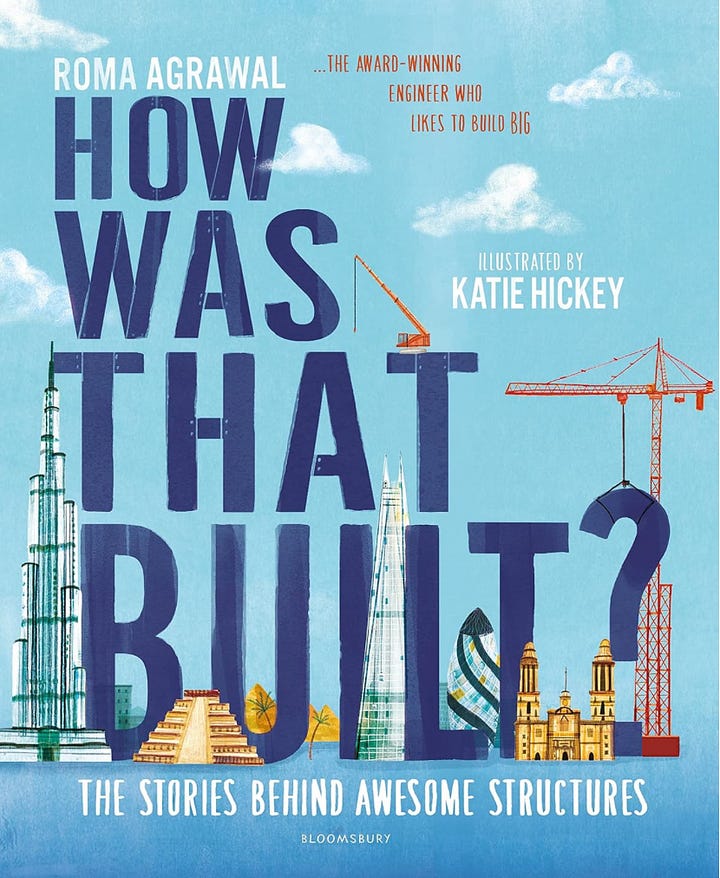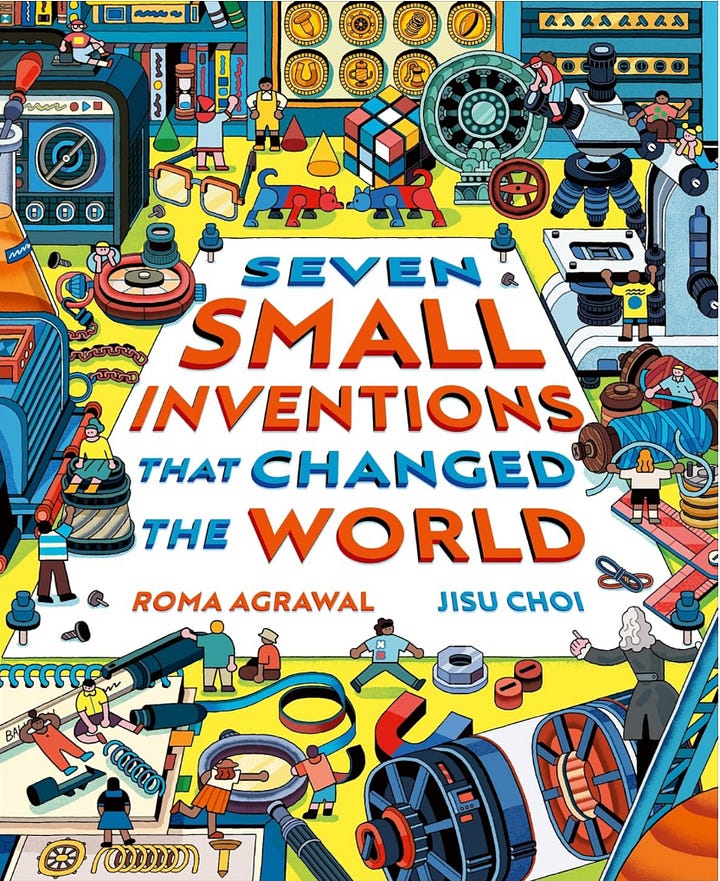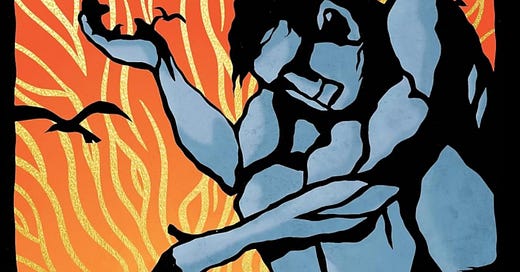And on to Part 3, which is full of lovely shiny new books to add to your basket and request from the library. (Plus a couple of old ones because we went to a bookshop yesterday and I just can’t help myself.)
For Easter we give the children a book or two each (don’t worry, there’s no shortage of chocolate too). This year my daughter got Paper Dragons: The Fight for the Hidden Realm, which I was kindly send by the publisher.
From the blurb:
Twelve-year-old Zhi Ging has always been an outcast. Until she receives an invitation to Hok Woh, an underwater school that offers her the chance to become immortal, and to finally belong. There, she battles in hair-raising boat races, meets ageshifting tutors and competes in thrilling trials. But there are rumours of a growing dark force… and students who fail the trials are disappearing. Can Zhi Ging uncover the truth before it’s too late?
You can see why my daughter describes it as a bit like Harry Potter but underwater. The author is of Irish heritage but grew up in Hong Kong, and ‘grew up on a steady stream of stories filled with Chinese legends and Irish folklore’. My daughter loved Paper Dragons, quickly went through book 2 (The Rise of the Sand Spirits), and is now waiting impatiently for book 3 (The Race to the Cloud Sea), which doesn’t come out until next year.
Storyland was originally written as a book for grown-ups (and it was a bestseller), and author Amy Jeffs has now adapted it for children. When we studied the ancient world a couple of years ago there was no shortage of Greek and Norse myths, but books of British myths and legends for children were not easy to find—King Arthur aside—so this is a welcome addition. It’s written for 10+, but would work as a readaloud for younger children. It includes the author’s own linoprints, which, as you can see, are rather spellbinding:
Wrecked is the book you need for the young disaster-obsessive in your life. Lovely illustrations and a good introductory level of detail on various shipwrecks, as well as pages on causes of shipwrecks, shipwreck habitats, exploring shipwrecks etc. Amazon says 8+, but younger readers would manage this very happily.
Three gorgeous and impressive books from Prestel publishers:
Boats: Steamers, Icebreakers, and Ghost Ships
Space: From Sputnik to the International Space Station
Planes: From the Wright Brothers to the Supersonic Jet
These books are excellent for a child who is already really keen on a subject. There are masses of illustrations, so the books don’t feel like text books, but there’s also a lot of detail. Here, for example is part of the contents and a page from Planes (forgive my amateur photography):
Beautiful books, and the quality is just gorgeous, but best for older children who are already keen on a subject. I thought
and his son would enjoy all three!Alexander von Humboldt: Explorer of the Americas and Beyond, also from Prestel, is gorgeously inviting. It’s tall and thin, and each page opens out to explore von Humboldt’s journeys or some of his key ideas. If you go to the Prestel page you can see how it works. It’s truly a work of art. Prestel recommend it for grades 3-7, which gives you an idea of how information-dense it is. But the quantity of text is not overwhelming, and younger children could definitely enjoy it as a readaloud to take slowly and savour. It feels very exciting to open out all the folded pages, like opening out a very special map.
Seven Small Inventions That Changed the World should be in all family homes. A masterful weaving of science and history, every page has information that makes the children and I gasp. Each invention (things like nails, wheels, string etc) gets 4 double-page spreads, exploring the history and science of the item, plus ways it’s used today and a focus on one item that uses that thing. Nails are examined via HMS Victory (2000kg of nails in Victory’s deck!), magnets via the Large Hadron Collider (9,593 electromagnets). It’s the kind of book you have to read very slowly to avoid information overload. Every page is golden. Buy it now. Amazon says 9+ but I think it’s the sort of book where younger readers will take what’s appropriate for them and leave what’s beyond them for now.
There is also a grown-up version of the same book, and I am keen to get hold of How Was That Built? by the same author, which shares the stories of various incredible buildings (a children’s book, 8+).


We were in a book shop yesterday (honestly, I can stop any time I want…), and I added these three to my list:
(Published 1969, about a girl who goes to boarding school and wakes up to discover she’s slipped through time forty years to the period of WW1.)
(Published 1940, about an 11 year old boy and his octogenarian great aunt who have to make a great escape across the north of Scotland, rescuing homeless children along the way.)
A new book, ‘a thrilling World War II code-breaking adventure filled with ciphers, secrets, and spies’, written by a Carnegie winner and a Newbery Honor winner. What a dream team!
Thanks for reading. If you’re not subscribed to How We Homeschool, sign up for free and never miss a post.
(Some of the links in this post are affiliate links.)














Thank you so much for these lists! X
Thank you for the list